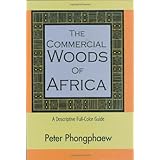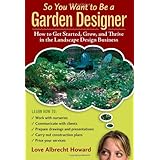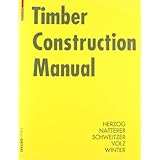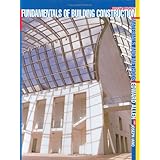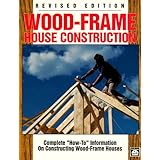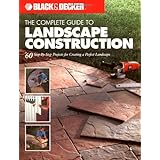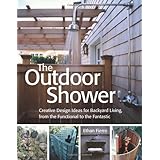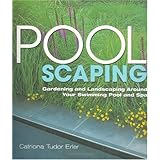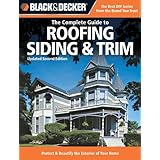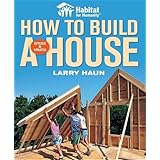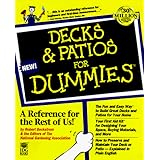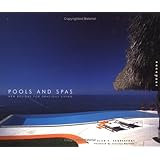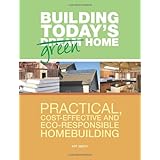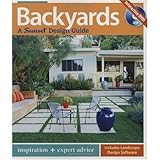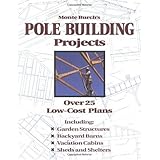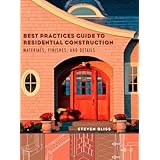
Average Reviews:

(More customer reviews)Best Practices Guide to Residential Construction - Steven Bliss
Book review by Daniel Friedman
Bernie Campbalik used to make a sucking noise through his teeth when he saw one of us do something sloppy on the jobsite or in his carpentry class. Bernie knew a lot about good construction practices, and he regularly pointed out that the foul-ups were often in the details. Mistakes or omissions led to trouble down the road. We were to avoid such goofs by recognizing them and fixing them on the job. But beyond that sucking noise that I heard a bit more than I wanted to, I remember Bernie's description of his own first days working as a carpenter's assistant.
"The foreman would choose an 18' 2x10, after eying several for straightness, cup, and bow. Then he would disappear around the corner of the building where we were working. He'd return in a few minutes with a pattern rafter and would hand it to me. 'Here, ...' he'd growl as he handed it over, 'dig into that pile over there and cut me 23 more like these.'"
The foreman didn't want Bernie to know how to layout a birds' mouth cut or plumb cut. That little extra knowledge was what he figured was his edge, the data that assured his job as site foreman.
And that has been a problem in construction. While most people who build do so out of a real love of the work, there is a tradition of "not sharing" the how-to details that make the difference between "good enough" and "good work." Unlike his foreman, Bernie actually wanted us to know how to do it right. Not because he particularly liked us, but because he loved the work and wanted that to be right.
Steve Bliss, with a combination of real-world on-the-job construction experience and a long career as a writer and editor for the Journal of Light Construction , Progressive Builder, and Solar Age has written a new book, Best Practices Guide to Residential Construction, Materials, Finishes, and Details, which is full of details and product choices that make the difference etween "good enough" and "good work" - the stuff that all of us who build or have built homes wish we'd known sooner.
Best Practices has a simple organization. It's easy to find details can help the success of your construction project. Here are a few examples:
Exterior finish: a rain screen wall using Cor-A-Vent or folded insect screen at the bottom of a clapboard siding wall can keep out insects and still permit drainage. Text is accompanied by a photo suggesting installing siding over furring over the building sheathing. It's a small detail, one of many, that addresses trapped moisture in buildings - a common source of insect damage, rot, or the current enviro-scare topics. Beyond concepts, such as "rain screen," Bliss addresses sheathing wraps (house wrap), flashing membranes, wall flashing, and specific details regarding the installation of common exterior sheathings such as wood siding, wood shingles and shakes, vinyl siding, wood and composite trim. To go past theory and good ideas, the chapter also lists product suppliers and their websites or contact information. A product resource list is offered at the end of each chapter.
Roofing: Bliss's eaves details for metal roofing, such as remembering to include the rubber closure strip and to cap it with butyl tape address one of many omissions that at my building inspections I find have led to wind-blown rain or wind damage to the roofing. It's a small detail that makes a big difference. Bliss includes details for the common roofing materials and systems such as asphalt shingles, clay, concrete, composite tile, metal roofing, low-slope roofing, and of course he addresses the vexsome specialty of roof ventilation.
Windows and Doors: This huge topic is compressed to window types, materials and construction, energy efficiency, skylights, exterior doors. Picking an example almost atrandom, I came across the warning to avoid storing vinyl windows in a container, such as a trailer, or leaning them against a wall, "... as they can permanently deform." It was just this condition that I came across recently at a property, and while I saw the defect, I was at a loss to explain how it happened.
Decks and Porches: This chapter takes a look at framing and decking material choices, fasteners, construction details, and the notorious problem of rooftop decks, as well as covered/screened porches and deck finishes. After seeing a few terrifying deck collapses, both during and after construction (luckily not at my job sites), I was happy to see Mr. Bliss's details about fastenings and connections, especially at post to beam and post to pier points. Bliss also offers some simple details for creation of and sealing at a deck to house-wall gap, one of the most-common leak and rot points we find on buildings where these details are omitted.
Interior Finish: Drywall, various flooring types (wood, vinyl, the currently-popular laminate, carpets), trim, doors, stairs, sound, lighting are surveyed for the Achilles heel and remedy, and Steve includes his recommendations among these choices. Environmentally concerned clients will appreciate having some alternatives to vinyl and carpeting and plastic laminates, such as the cork flooring described in this chapter.
Kitchen and Bath: this chapter spends time on design basics - an area that counts for kitchens and baths as anyone who's lived with a thoughtless layout can testify. The author offers helpful tables of materials choices (such as flooring) with cost, suitability for radiant heat, pros, cons, and recommendations for each.
Indoor Air quality: It will be interesting to builders to review Bliss's perspective on IAQ, as this topic is much in the public eye, or I should say lung and mind. Ilike that the author stops at a succinct outline of the possible concerns and moves to some clear, basic advice about an overall strategy (about problem particles or gases: "keep it out, vent it out, dilute it, filter it out"), and goes on to offer some opinions about the various methods people are using to improve residential indoor air quality. This is a rather large topic to tackle in a single chapter, so don't look for an encyclopedic review here.
For a more encyclopedic resource on mold and IAQ inspection and testing methods see www.inspect-ny.com/sickhouse.htm - my web. But of use are Bliss's whole-house ventilation strategies and his table comparing the pros, cons, controls, cost, and his recommendations for various ventilation methods. As the author points out, (in my words not his), even the most brilliant and expensive design isn'tworth much if it's not used by the building occupants. He suggests "More important than the precise number of cubic feet per minute, however, is a well-designed system that is quite, reliable, and low-maintenance, ensuring it will actually be used." Precisely. Combine the real-world philosophy just stated, with a table of the characteristics, appropriateness of use, and cost of venting alternatives, and you have some good design details that can make a difference in the health and quality of life of the occupants of the home.
I like this book and I recommend it. I'm lucky - I didn't have to pay for it. Mr. Bliss sent me a review copy, probably knowing that I hold him in high regard, but probably also slightly worried by knowing that I won't pull any punches on a review. The book is well worth having, and it makes a good dent in the "secret pattern rafter layout" problem I mentioned above, by passing on many "best practice" details for residential construction. To collect and pass on all of them would produce more pages than the Harvard Classics, and more books than Google has indexed (so far). The length of this book, 308 pages including a useful index, gives space for a well-worth-having collection of helpful details beyond the usual arm-waving that pollutes most professions and contaminates ours too. The book's strengths are the perspective and choice of details selected by a writer who has spent a lifetime of hands-on building, writing about, and finally editing about good construction practices.
Give Best Practices Guide to Residential Construction by Steven Bliss as a holiday gift to your builder buddy and if someone doesn't give you a copy this holiday season, buy your own. ISBN-10: 0-471-64836-1 (cloth) or ISBN-13:
978-0-471-64836-9
The original of this review appeared with illustration and links to more building diagnosis and construction practice expert sources at my website, www.inspect-ny.com -- D Friedman
Click Here to see more reviews about:
Best Practices Guide to Residential Construction: Materials, Finishes, and Details Get 25% OFF
Get 25% OFF
Click here for more information about Best Practices Guide to Residential Construction: Materials, Finishes, and Details
